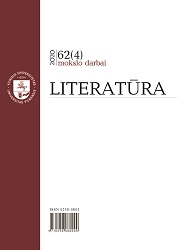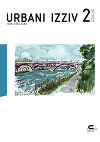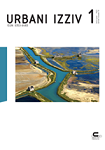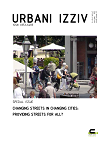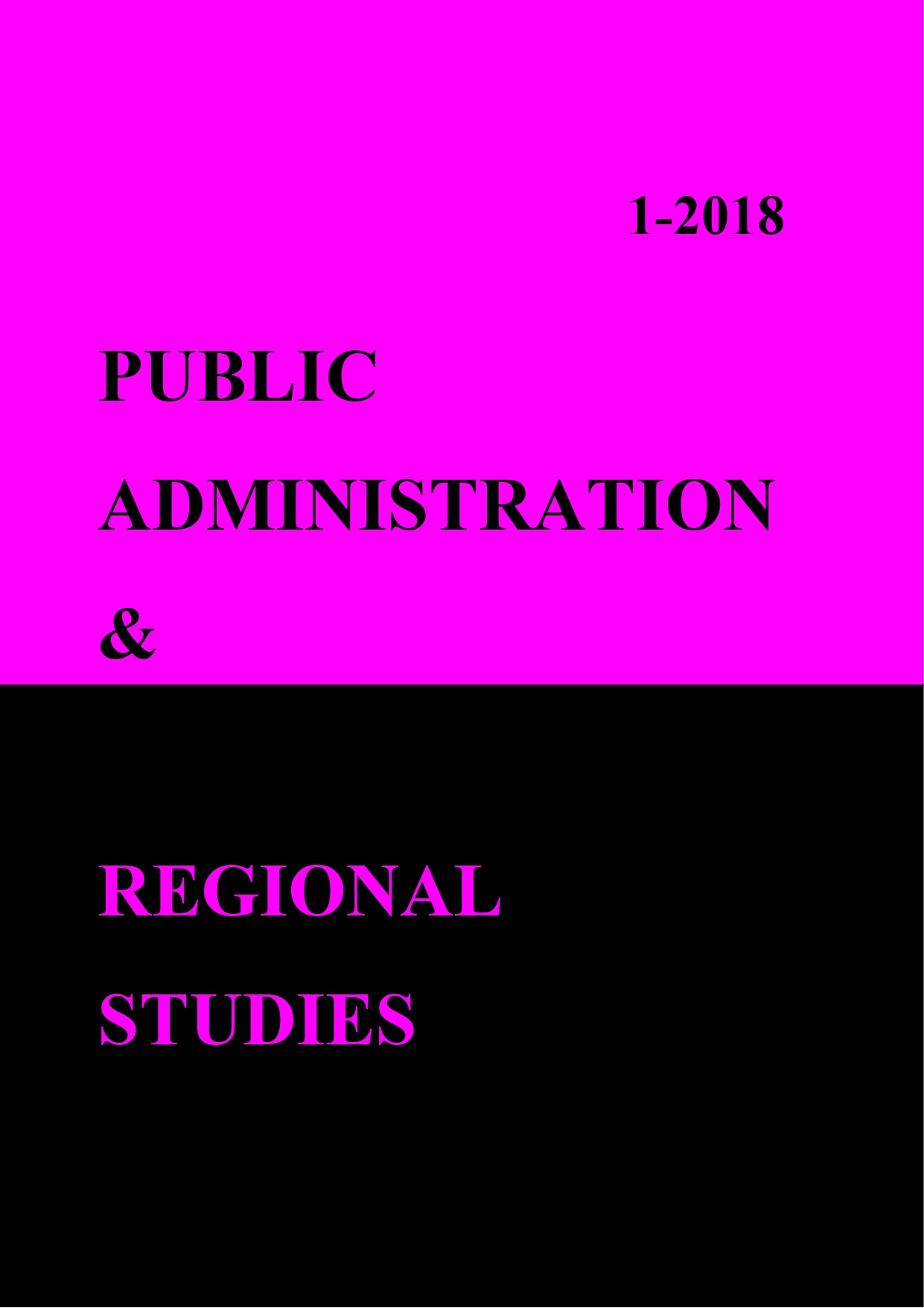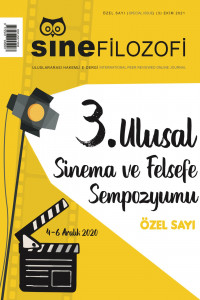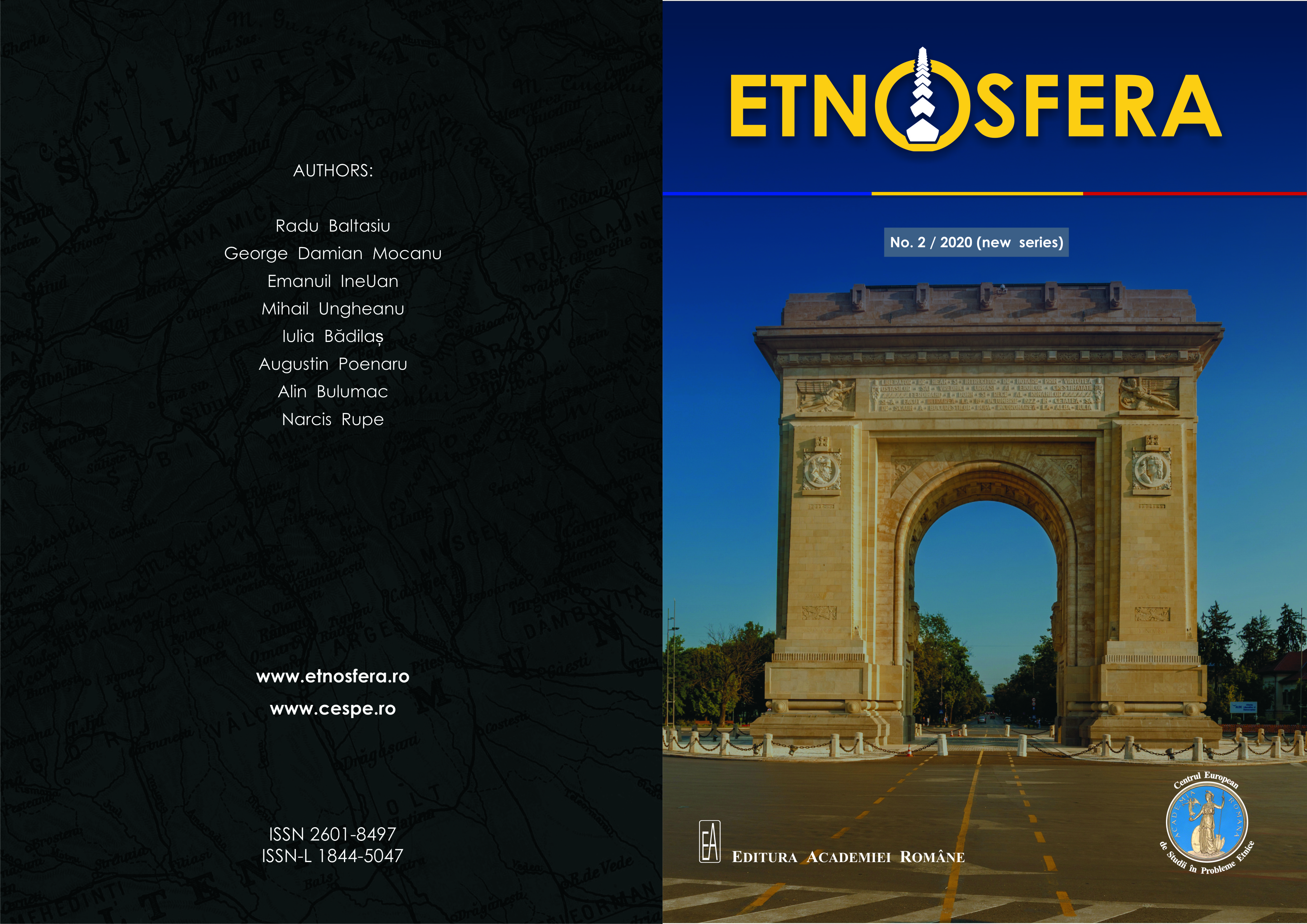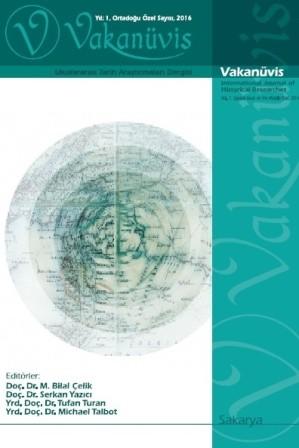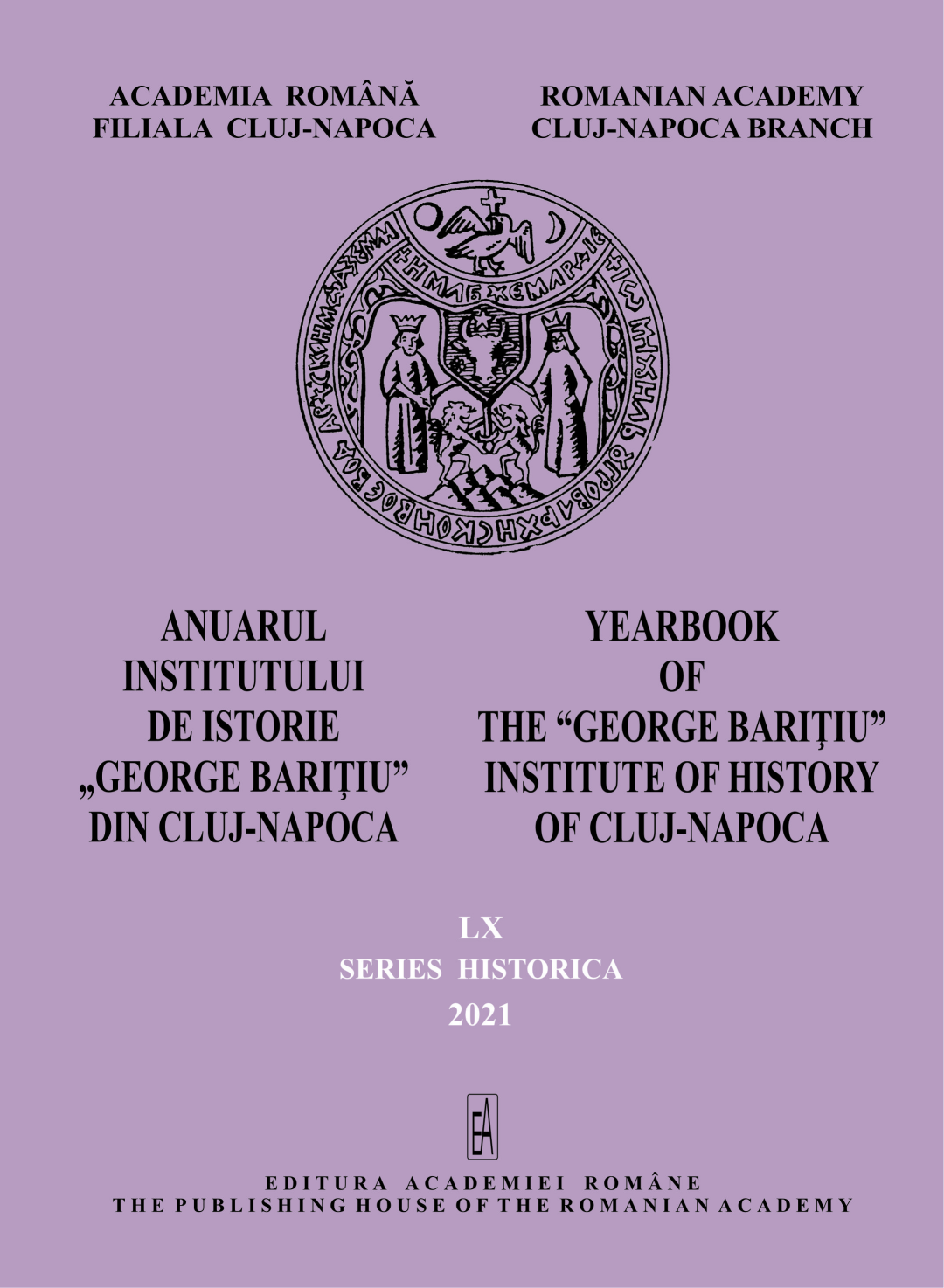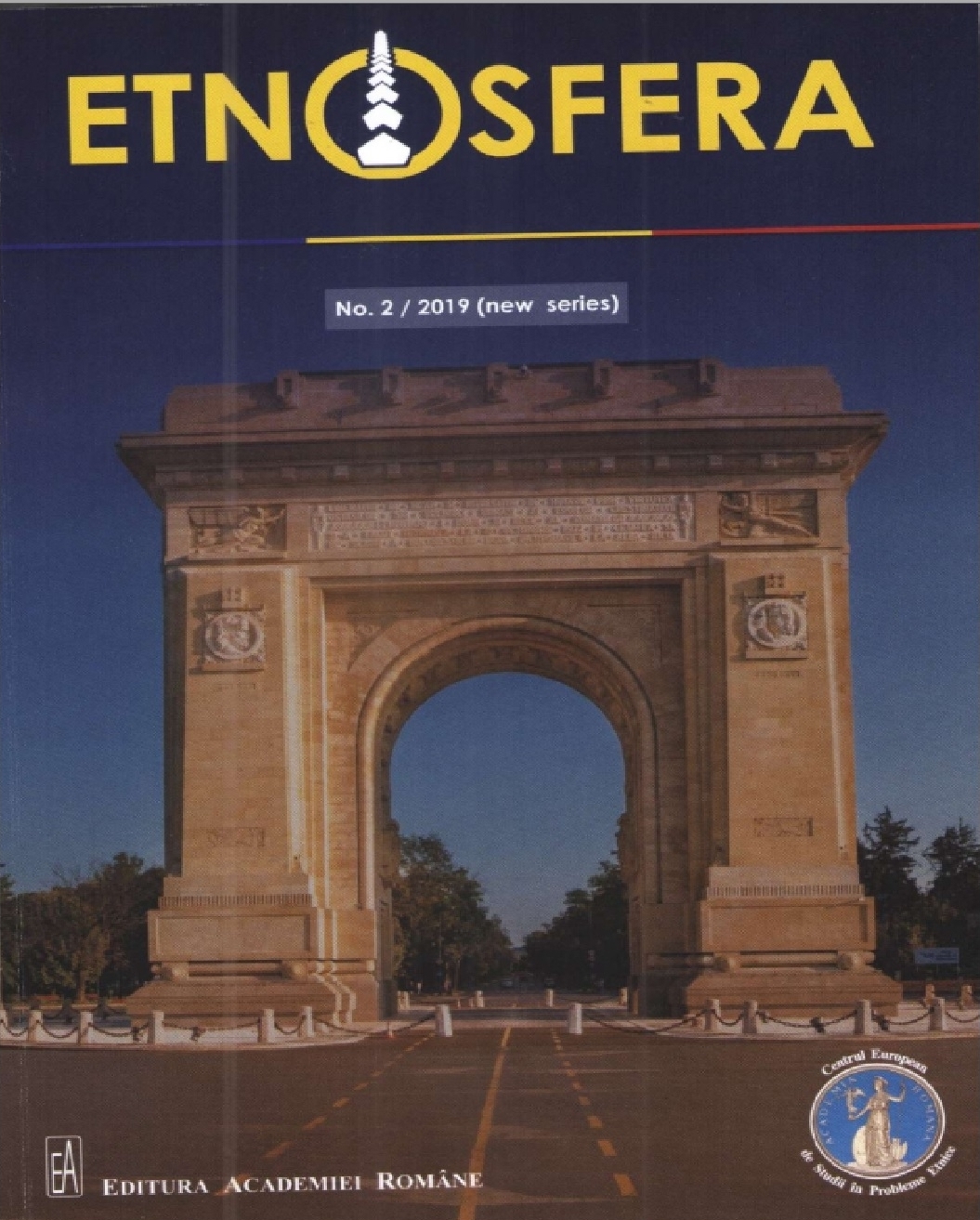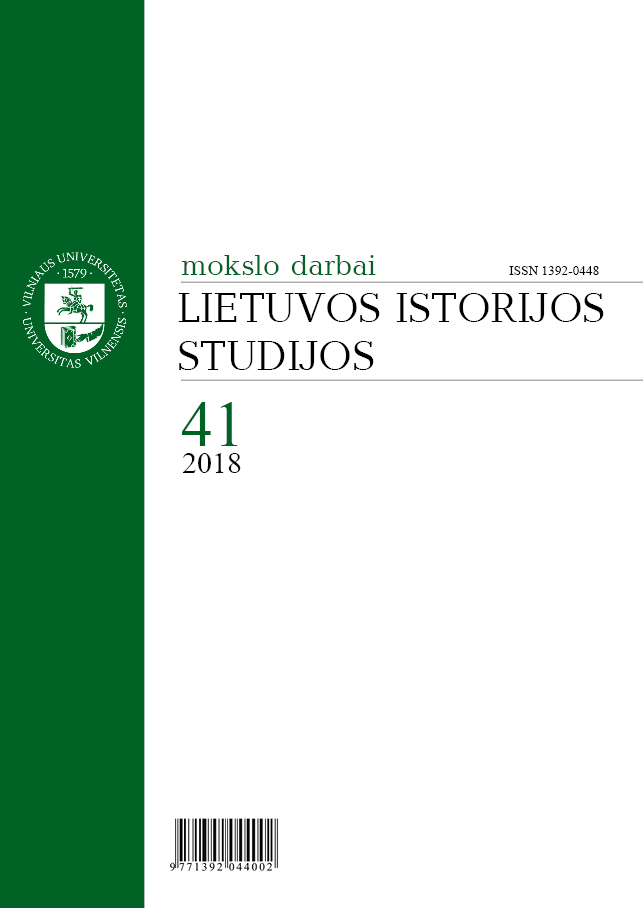
MODERNAUS MIESTO PLĖTRA: SOCIOEKOLOGINĖS KONCEPCIJOS IR JŲ RECEPCIJA ANALIZUOJANT 1870–1914 METŲ VILNIAUS MIESTO STRUKTŪRĄ
The aim of this article is to study the socioecological structure of Vilnius during 1870–1914 with the help of ideas derived from the analysis of modern urban development of the Chicago School of Sociology. The rapid industrialization period (mid-19th to early 20th centuries), characterized by an intensive development of modern cities in the Western world (especially in the US) and analyzed by American sociologists (R. Park, E. Burgess, R. D. McKenzie, L. Wirth), is relevant to Lithuanian historians. The cities of Lithuania that belonged to the Russian Empire during the period under investigation also experienced modernization, industrialization and urbanization processes related to it. In Vilnius, as much in the other metropolises of the Russian Empire, these processes were most intense. This article begins with the concepts of modern urban structure in the research of the representatives of the Chicago School of Sociology. We later, in the second part of the paper, present E. Burgess’s Ring-Theory of City Development, which analyzes modern urban development and is here applied to the analysis of the socioecological structure of Vilnius. The novelty of the research can be seen in the selected city ecology approach.
More...
